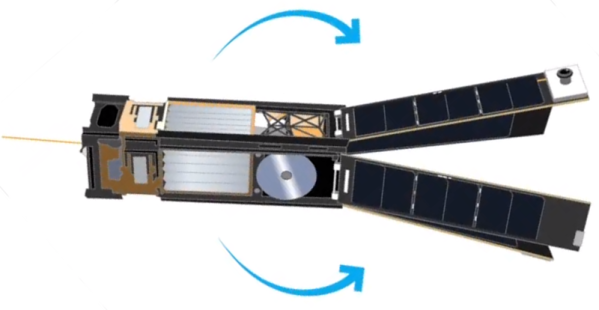We’ve talked about project Breakthrough Starshot which aims to send a solar sail probe to Alpha Centauri within 20 years. A little basic math and knowing that Alpha Centauri is 4.3 light years away means you are going to need to travel over 20% of the speed of light to make the trip in that time. Some new papers have proposed ways to address a few of the engineering problems.
The basic idea is simple. A very small probe is attached to a very large sail. But calling it a solar sail is a bit of a misnomer. The motive power for the sail would be a powerful laser, which provides more reliable power to the tiny probe’s propulsion system. The problems? First, the thin sail could tear under constant pressure. The answer, according to one of the papers, is to shape the sail like a parachute so it can billow under pressure.
The other problem is not burning the sail up. Space is a hard environment to dump waste heat into since radiation is the only way to transfer it. Another paper suggests that nanoscale patterns on the sail will allow it to release waste heat into the interstellar environment.













